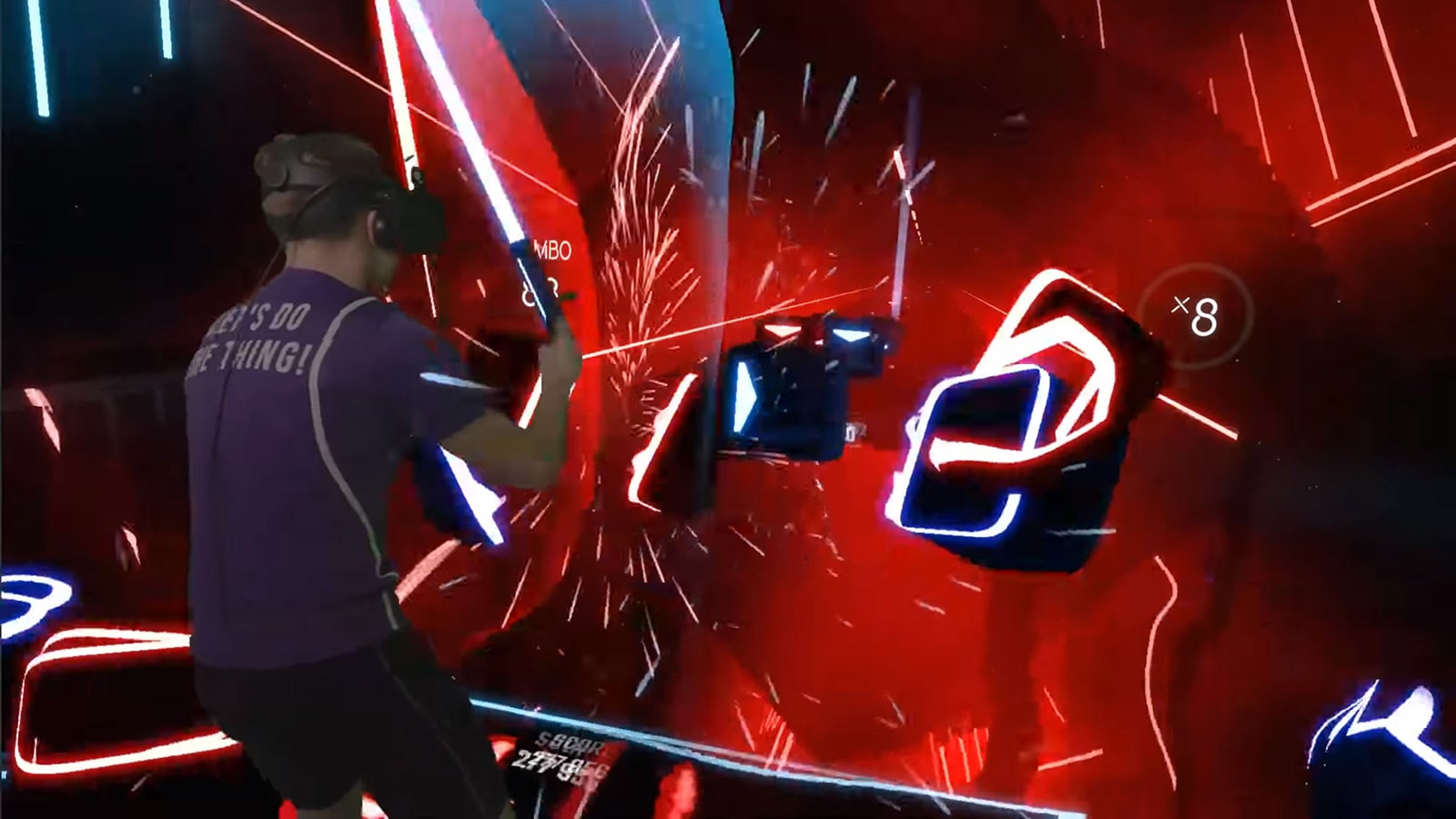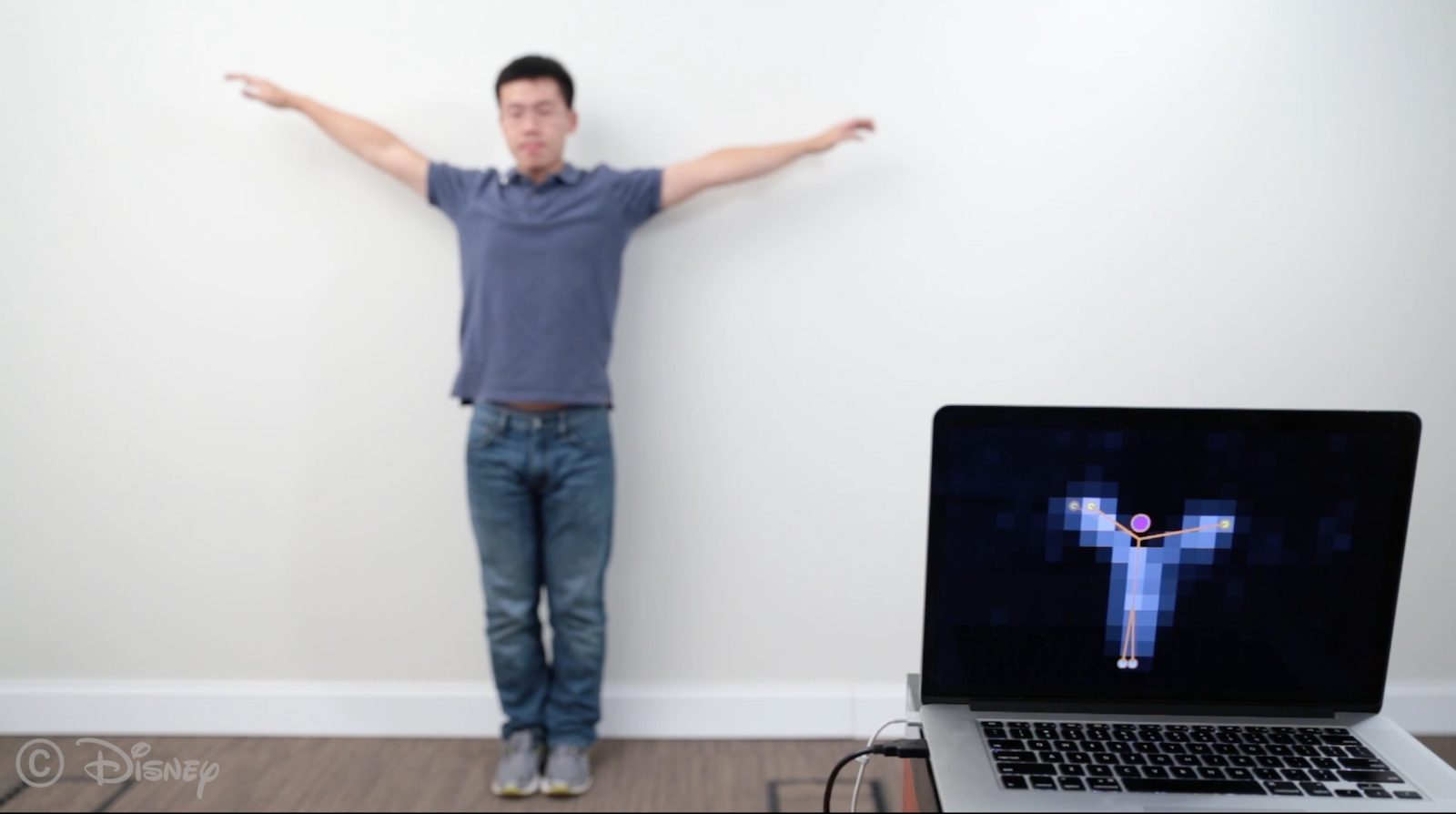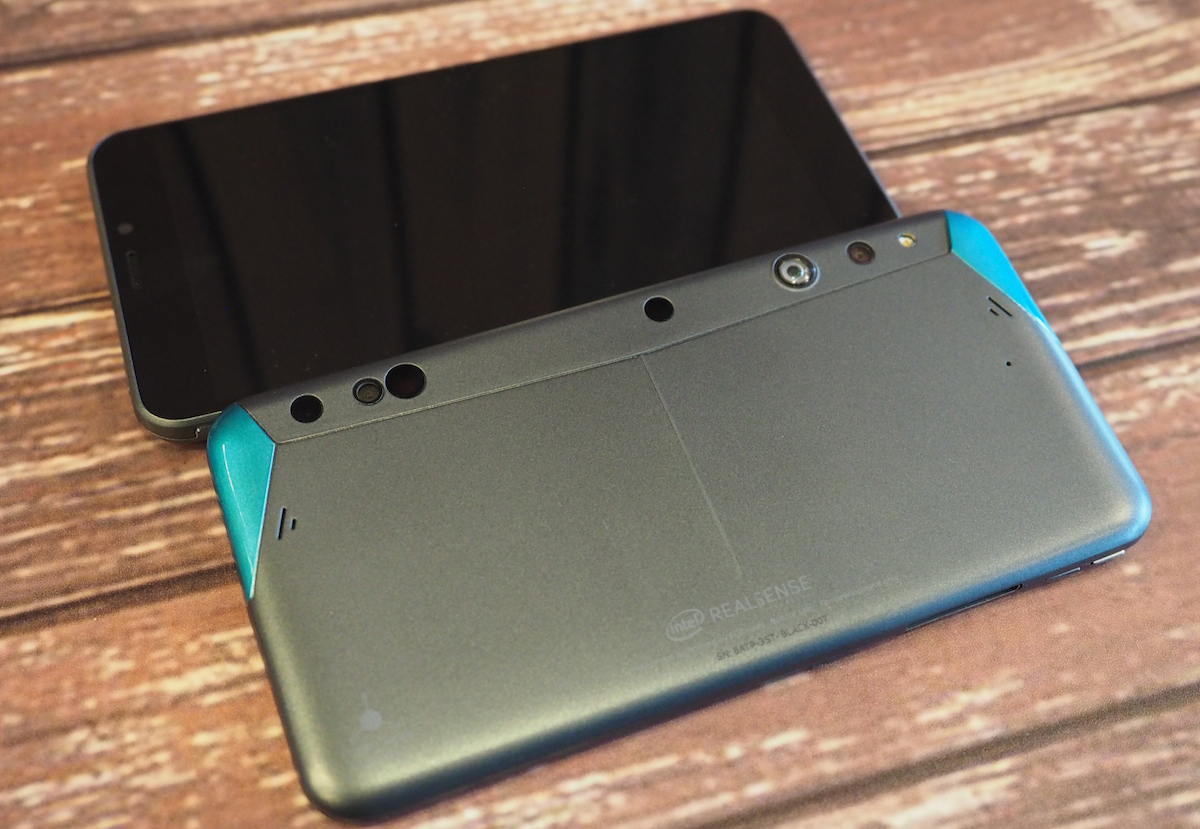
While patrolling the halls of the CHI 2013 Human Factors in Computing conference in Paris, we spied a research project from MIT's Media Lab called "Smarter Objects" that turns Minority Report tech on its head. The researchers figured out a way to map software functionality onto tangible objects like a radio, light switch or door lock through an iPad interface and a simple processor / WiFi transceiver in the object. Researcher Valentin Huen explains that "graphical user interfaces are perfect for modifying systems," but operating them on a day-to-day basis is much easier using tangible objects.
To that end, the team developed an iPad app that uses motion tracking technology to "map" a user interface onto different parts of an object. The example we saw was a simple radio with a a pair of dials and a speaker, and when the iPad's camera was pointed at it, a circular interface along with a menu system popped up that cannily tracked the radio. From there, Huen mapped various songs onto different positions of the knob, allowing him to control his playlist by moving it -- a simple, manual interface for selecting music. He was even able to activate a second speaker by drawing a line to it, then "cutting" the line to shut it off. We're not sure when, or if, this kind of tech will ever make it into your house, but the demo we saw (see the pair of videos after the break) seemed impressively ready to go.
Filed under: Tablets, Science
Comments
 Beat Saber, one of the coolest and most physical games available on VR, has some incredibly fast players. Valve recently announced that it updated Steam VR to "increase limits of what we thought was humanly possible for controller motion based on tra...
Beat Saber, one of the coolest and most physical games available on VR, has some incredibly fast players. Valve recently announced that it updated Steam VR to "increase limits of what we thought was humanly possible for controller motion based on tra...
 Beat Saber, one of the coolest and most physical games available on VR, has some incredibly fast players. Valve recently announced that it updated Steam VR to "increase limits of what we thought was humanly possible for controller motion based on tra...
Beat Saber, one of the coolest and most physical games available on VR, has some incredibly fast players. Valve recently announced that it updated Steam VR to "increase limits of what we thought was humanly possible for controller motion based on tra...
 Researchers at Carnegie Mellon University and Disney Research Pittsburgh think we can do more with our walls. In a research paper they're presenting this week at the ACM CHI Conference on Human Factors in Computing Systems, they present a way to turn...
Researchers at Carnegie Mellon University and Disney Research Pittsburgh think we can do more with our walls. In a research paper they're presenting this week at the ACM CHI Conference on Human Factors in Computing Systems, they present a way to turn...
 Virtual reality is inescapable here at Computex -- you're either stumblng into another Vive demo area or bumping into the occasional VR backpack. What's often missing is a sense of true immersion, though, and a startup called Machina is trying to fix...
Virtual reality is inescapable here at Computex -- you're either stumblng into another Vive demo area or bumping into the occasional VR backpack. What's often missing is a sense of true immersion, though, and a startup called Machina is trying to fix...
 When it comes to tracking physical objects in virtual spaces, pretty much every company is relying on light in some form. Oculus and HTC have their light mapping sensors, while Sony's PlayStation VR relies on infrared for its motion tracking camera....
When it comes to tracking physical objects in virtual spaces, pretty much every company is relying on light in some form. Oculus and HTC have their light mapping sensors, while Sony's PlayStation VR relies on infrared for its motion tracking camera....
 Sure, Google and crew can put together some nice tech demos for Project Tango's advanced depth sensing and motion tracking, but what happens when everyday developers take a crack at it? You're about to find out. Google has announced the winners of...
Sure, Google and crew can put together some nice tech demos for Project Tango's advanced depth sensing and motion tracking, but what happens when everyday developers take a crack at it? You're about to find out. Google has announced the winners of...


